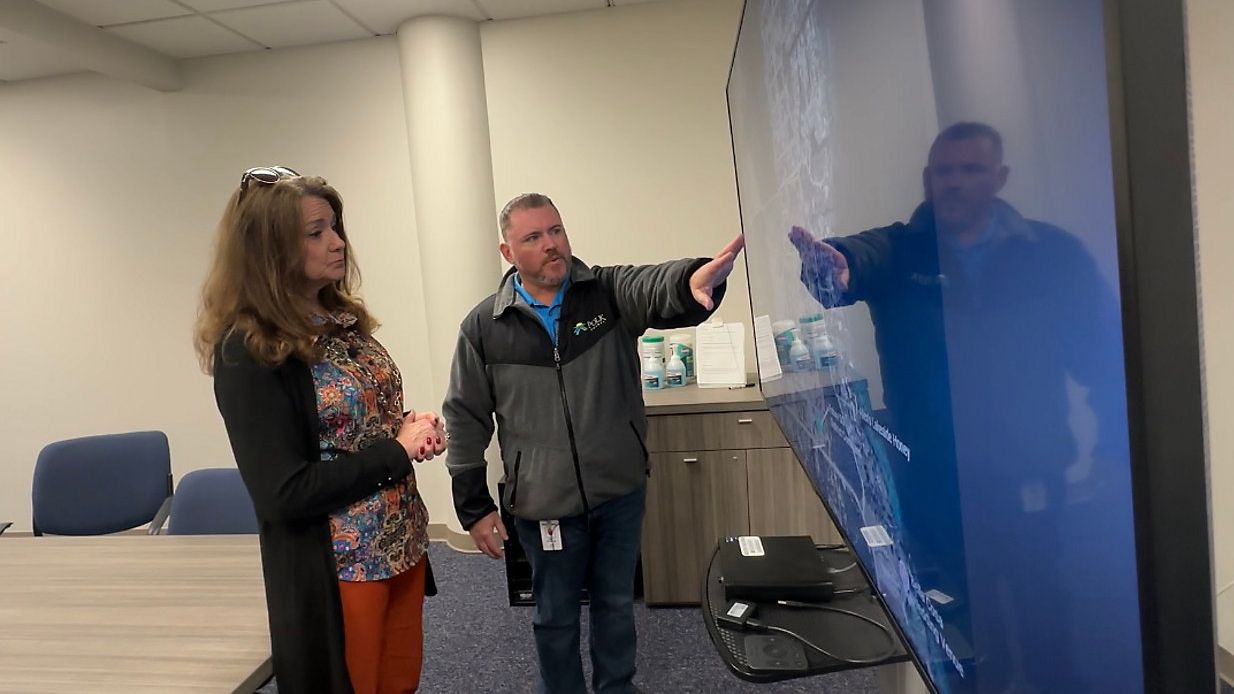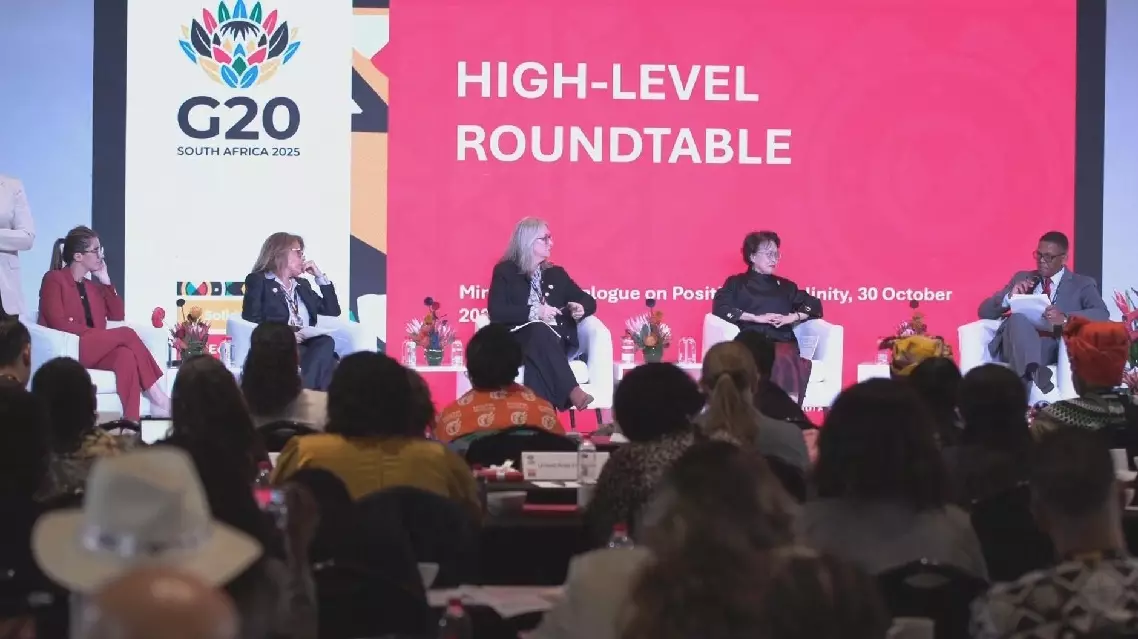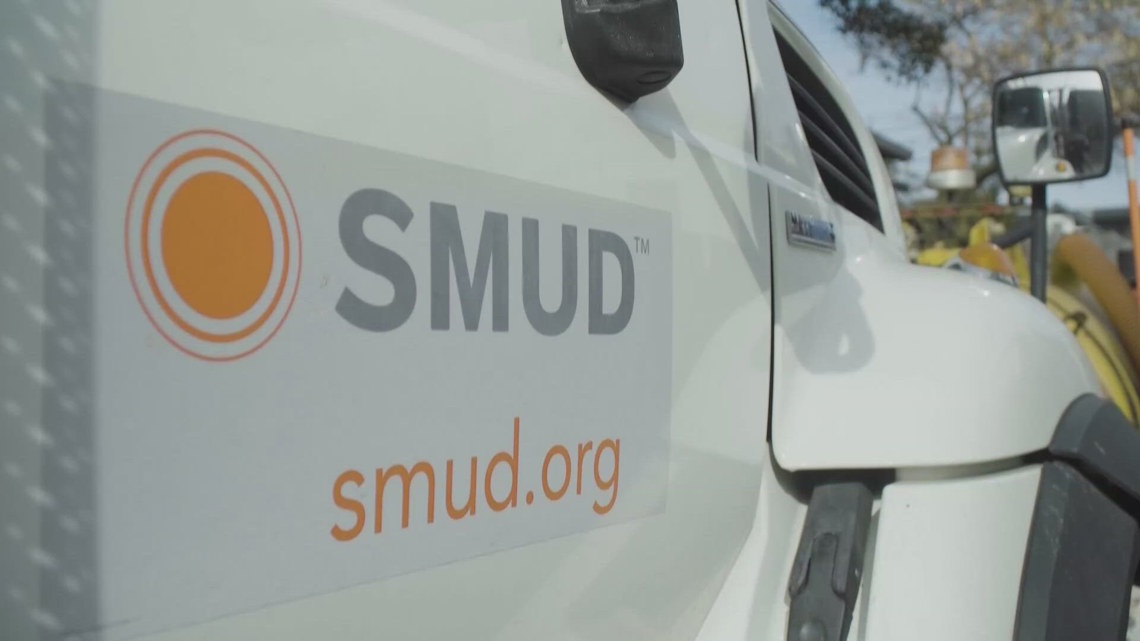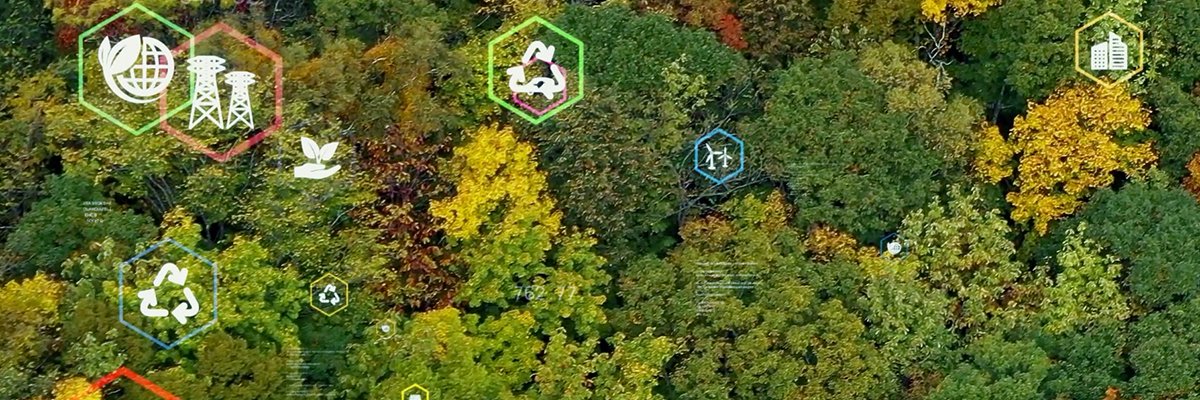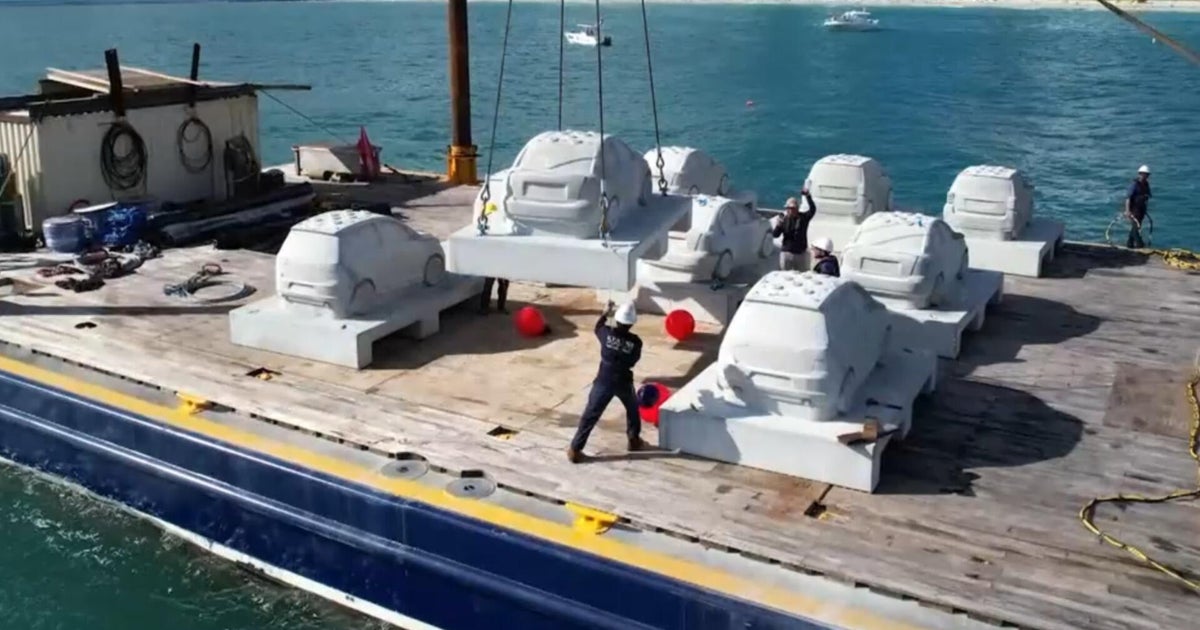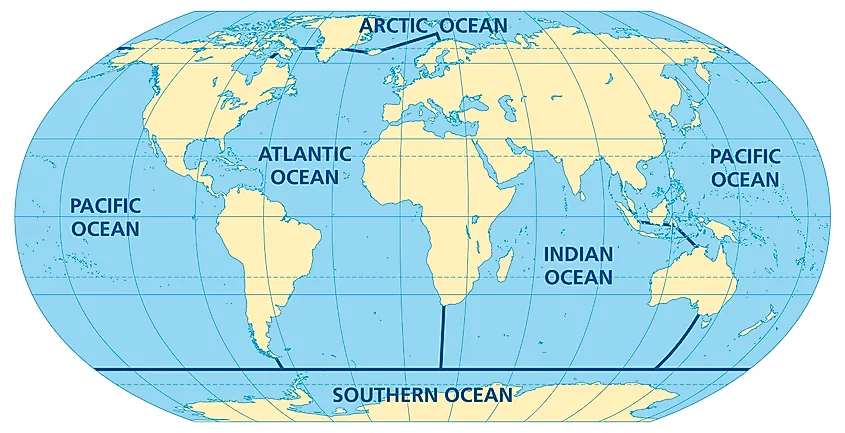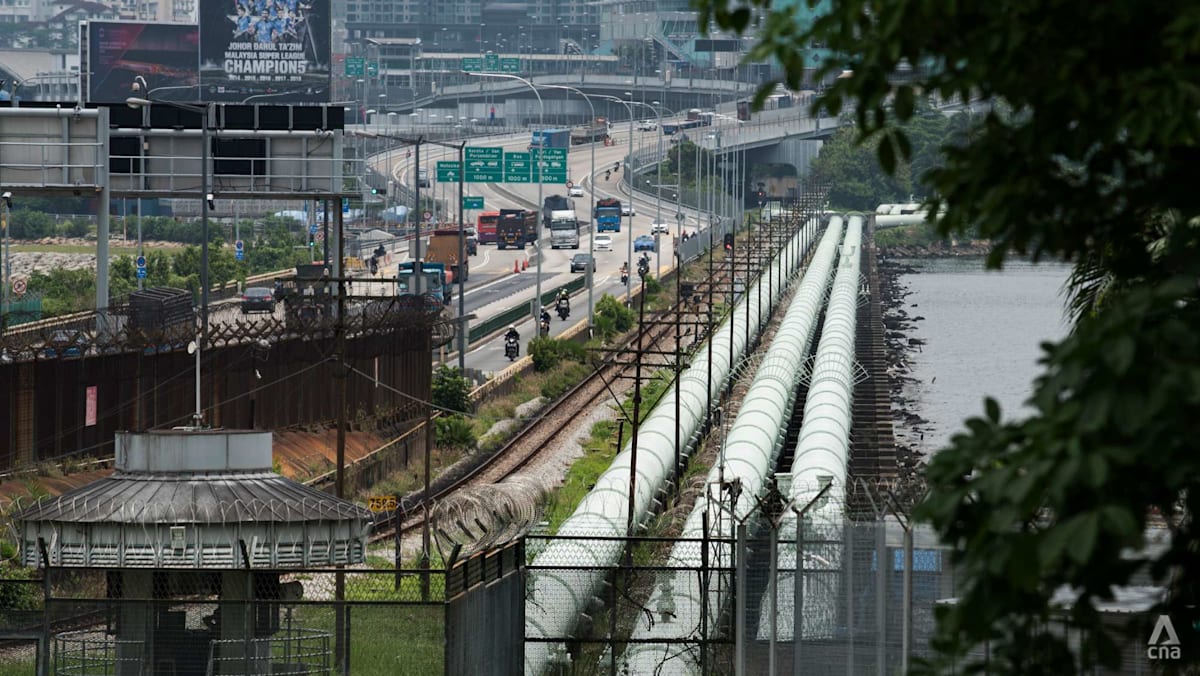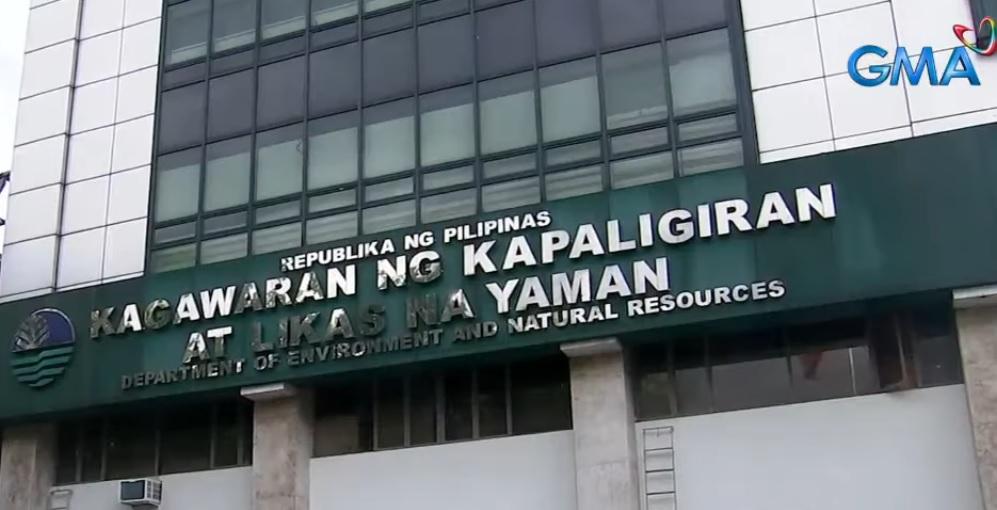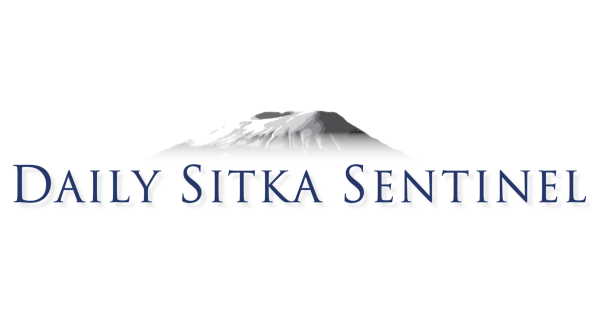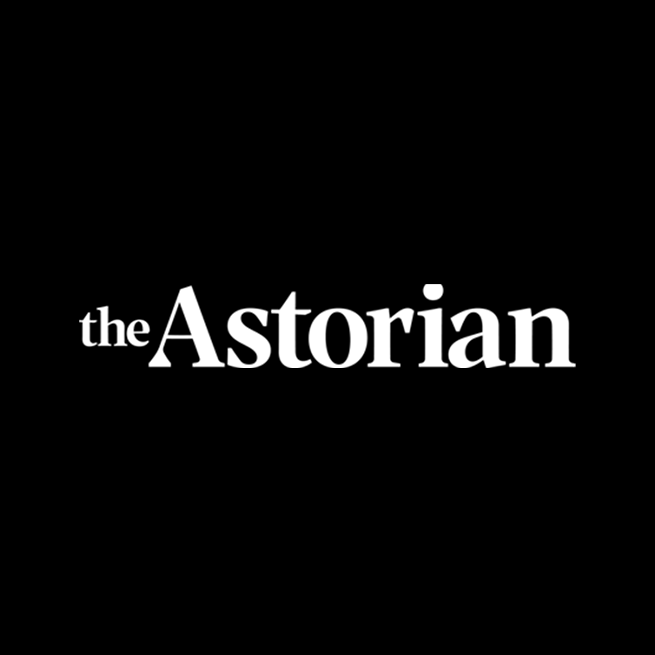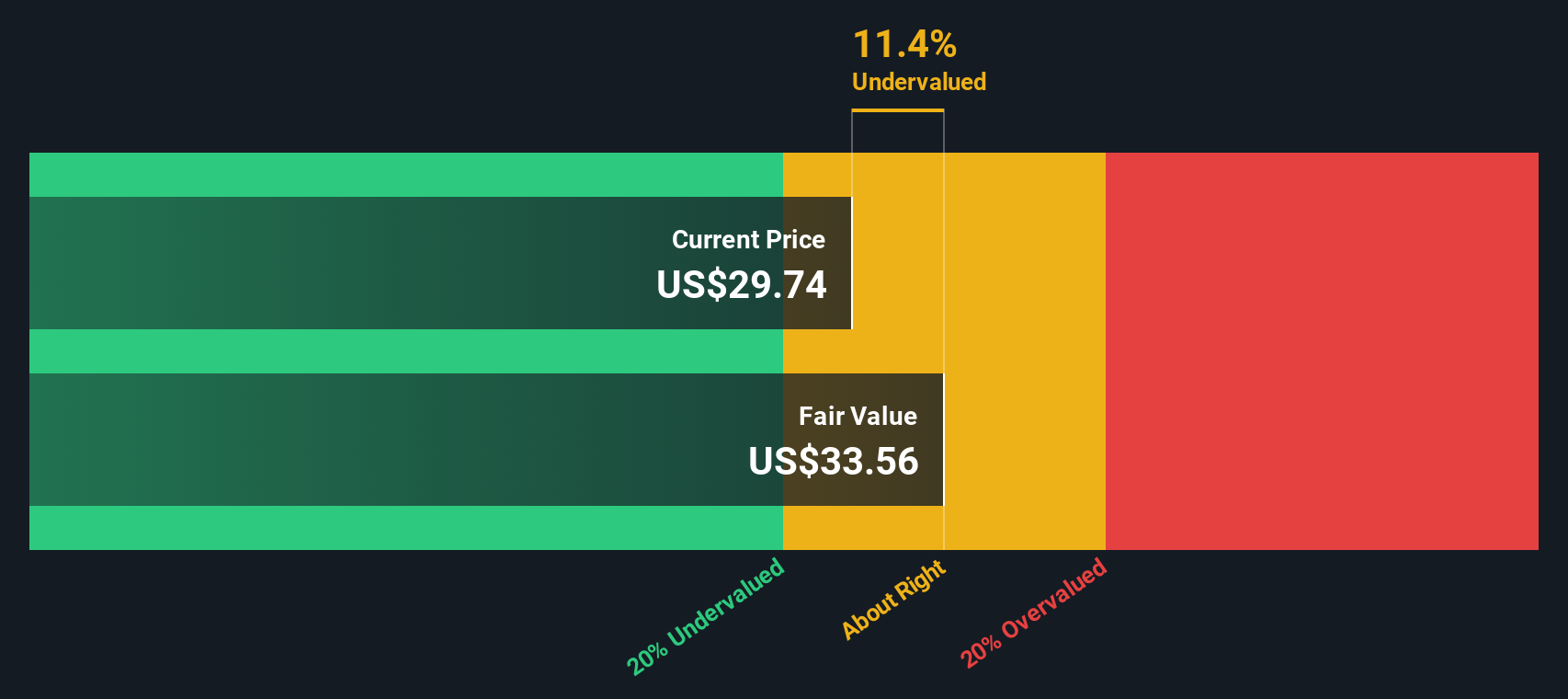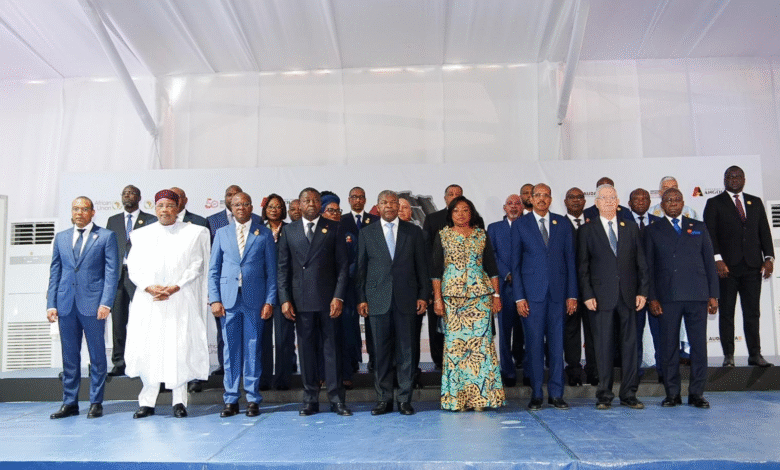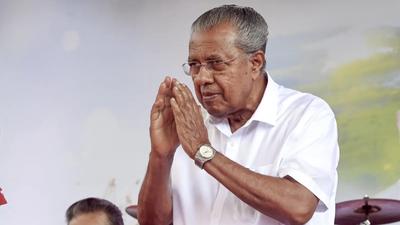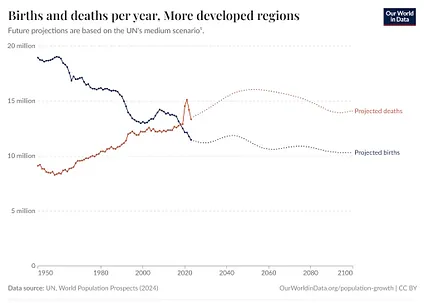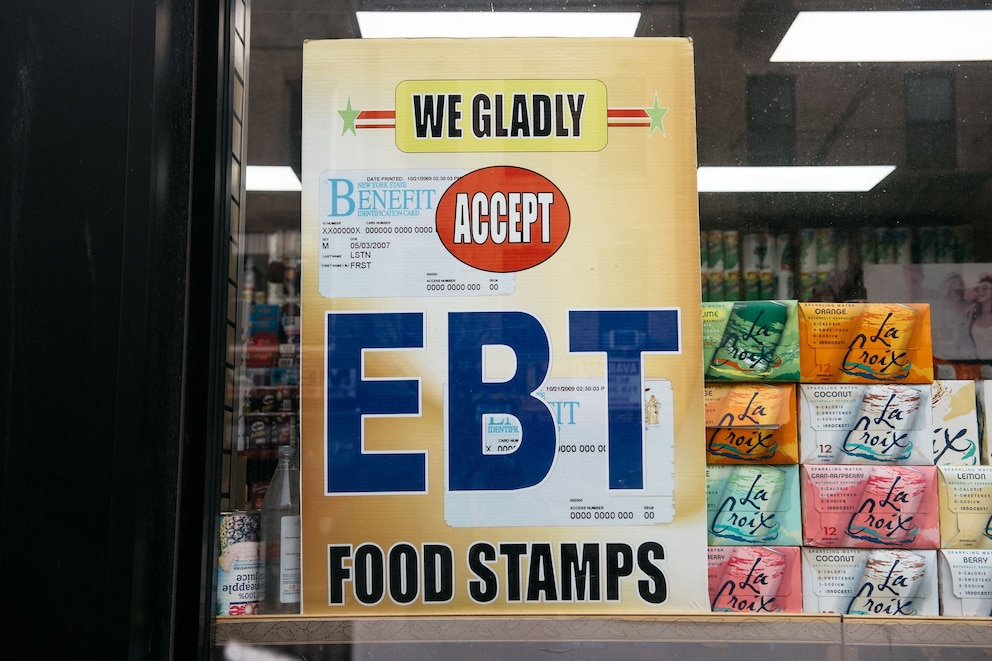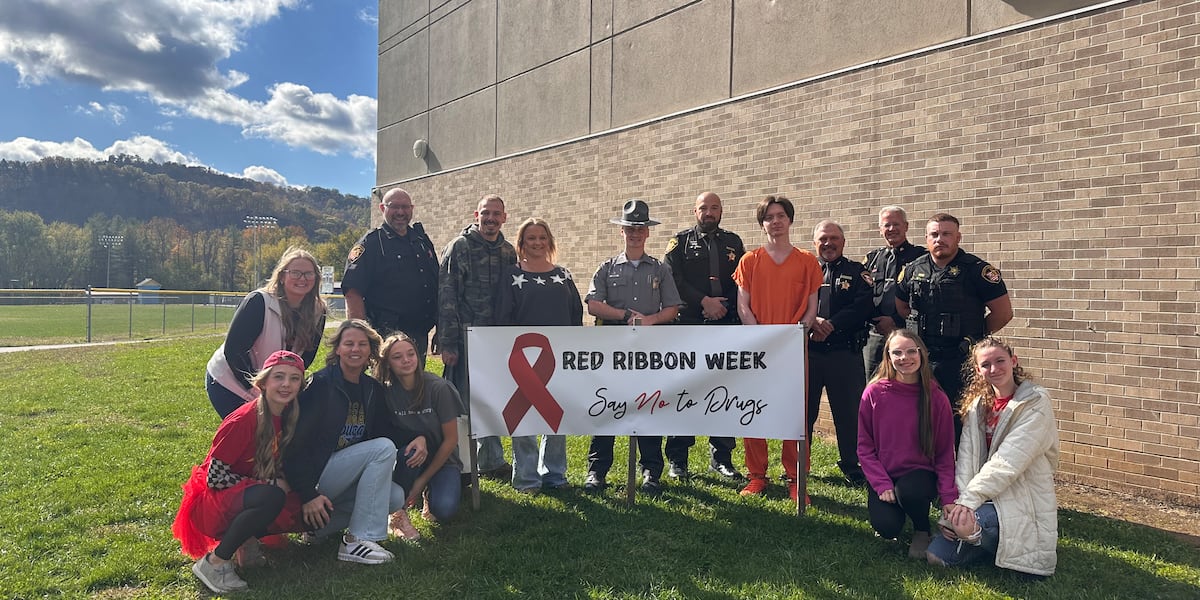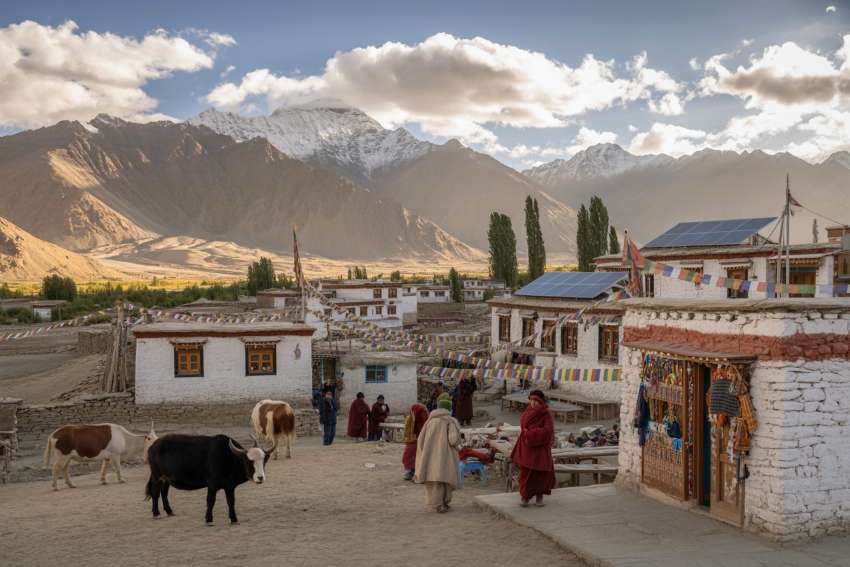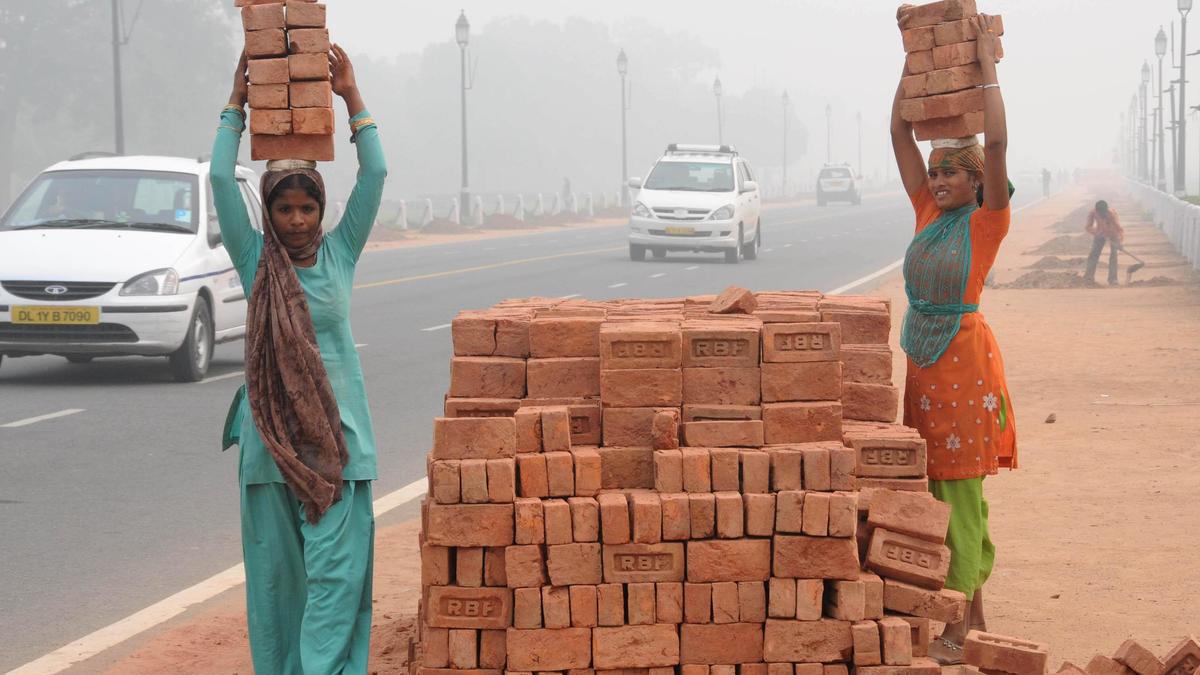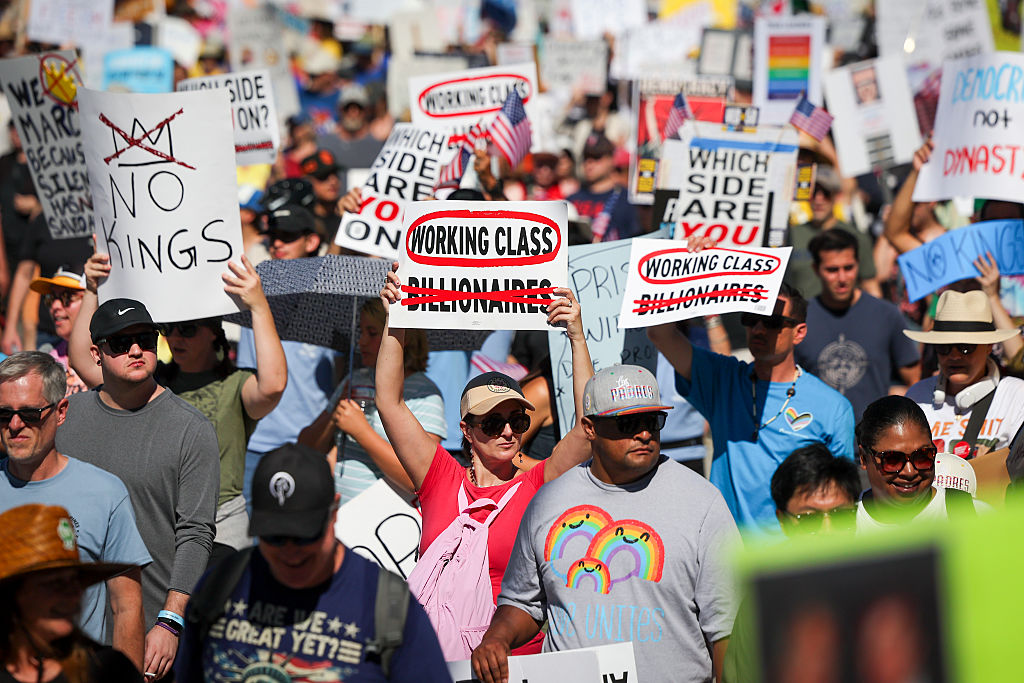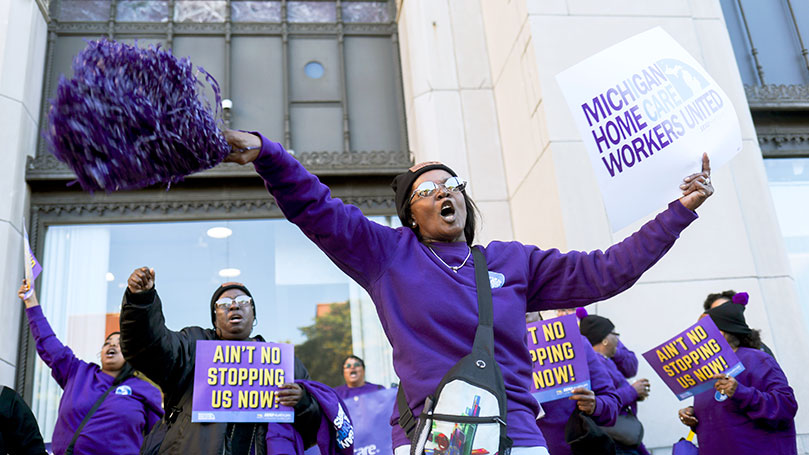Trump administration pulls back on work combating human trafficking, long a top GOP priority – The 19th News
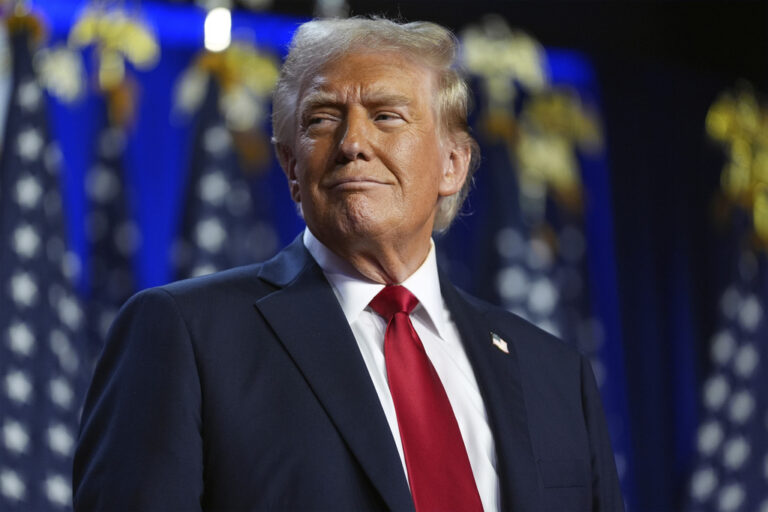
Federal Anti-Trafficking Efforts and Implications for Sustainable Development Goals
Executive Summary
Recent actions by the federal government have resulted in significant reductions to programs and personnel dedicated to combating human trafficking. These cuts, particularly within the State Department’s Office to Monitor and Combat Trafficking in Persons (TIP), undermine the United States’ capacity to address modern slavery, forced labor, and sex trafficking. This report analyzes these developments through the lens of the United Nations Sustainable Development Goals (SDGs), highlighting a direct contradiction between the administration’s actions and its commitments to global human rights, justice, and gender equality.
Impact on SDG 16: Peace, Justice, and Strong Institutions
The recent policy changes severely compromise progress toward SDG 16, which aims to promote just, peaceful, and inclusive societies by building effective, accountable, and inclusive institutions at all levels.
Weakening of Key Federal Institutions (Target 16.a)
- A “reduction-in-force” at the State Department’s TIP office has decimated a team Congressionally mandated to coordinate federal anti-trafficking efforts.
- The office, which previously employed nearly 90 full-time staff, lost approximately half its personnel to dismissals following earlier voluntary resignations. Remaining staff were reportedly demoted.
- This institutional decay weakens the primary body responsible for coordinating anti-trafficking work across the Departments of Justice, Health and Human Services, and Labor.
Erosion of Justice and Accountability Mechanisms (Target 16.2)
- The annual TIP Report, a critical global assessment of anti-trafficking work due to Congress on June 30, has been delayed without explanation, further diminishing transparency and accountability.
- Federal data indicates that visas for victims of human trafficking who cooperate with law enforcement are being issued at record-low levels, impeding the prosecution of traffickers and denying justice to survivors.
Implications for SDG 8: Decent Work and Economic Growth
The administration’s actions represent a significant setback for SDG 8, particularly Target 8.7, which calls for immediate measures to eradicate forced labor, end modern slavery and human trafficking, and eliminate the worst forms of child labor.
Dismantling of Anti-Child and Forced Labor Programs
- The Department of Labor terminated nearly 70 programs designed to combat child labor and human trafficking in countries with U.S. trade agreements.
- This action included the cancellation of over $500 million in grant funding that supported foreign governments in fighting human trafficking and protecting labor rights.
- The office responsible for managing these funds and producing a congressionally mandated report on goods produced with child labor was also affected, undermining efforts to ensure ethical supply chains.
Setbacks for SDG 5: Gender Equality
The reduction in anti-trafficking resources disproportionately affects women and girls, undermining SDG 5, which seeks to achieve gender equality and empower all women and girls.
Disproportionate Impact on Vulnerable Populations (Target 5.2)
- The TIP office’s work specifically addresses sex trafficking and forced domestic labor, crimes that disproportionately victimize women, girls, and LGBTQ+ people.
- Cuts to these programs directly reduce protections for the most vulnerable populations and weaken efforts to eliminate all forms of violence and exploitation against women and girls.
Challenges to SDG 17: Partnerships for the Goals
The administration’s pullback threatens SDG 17, which emphasizes the need for global partnerships to achieve sustainable development.
Interruption of Grant Funding and Civil Society Collaboration (Target 17.17)
- The State Department’s TIP office paused the disbursement of grants to non-governmental organizations (NGOs) working on the front lines of human trafficking.
- This halt in funding cripples the operational capacity of key partners and erodes the multi-stakeholder collaborations essential for effective anti-trafficking initiatives.
Erosion of Inter-Agency and International Cooperation
- As the central coordinating body, the weakening of the TIP office damages the U.S. government’s ability to lead and collaborate on international anti-trafficking policy.
- The cuts have sent “shock waves” through the anti-trafficking community, signaling a retreat from U.S. leadership on an issue that requires robust international and inter-agency partnership.
1. Which SDGs are addressed or connected to the issues highlighted in the article?
-
SDG 5: Gender Equality
The article explicitly mentions that the issues of sex trafficking and forced domestic labor, which are central to the discussion, “disproportionately affect women, girls and LGBTQ+ people.” The cuts to programs and offices combatting these issues are therefore directly relevant to achieving gender equality and eliminating violence and exploitation against women and girls.
-
SDG 8: Decent Work and Economic Growth
The article’s focus on “labor and sex trafficking,” “forced domestic labor,” and “child labor” directly connects to this goal. The gutting of federal programs designed to combat these forms of modern slavery and exploitation undermines efforts to ensure decent work for all.
-
SDG 16: Peace, Justice and Strong Institutions
This goal is central to the article, which details the weakening of key government institutions charged with fighting human trafficking. The “gutting” of the State Department’s Office to Monitor and Combat Trafficking in Persons (TIP) and cuts at the Justice and Labor departments represent a direct blow to the “strong institutions” needed to ensure justice, end trafficking, and protect victims.
-
SDG 17: Partnerships for the Goals
The article highlights the importance of partnerships in combating human trafficking. The TIP office is described as coordinating “domestic efforts across other agencies, including the departments of Justice, Health and Human Services, and Labor.” Furthermore, the pausing of grants to “nongovernmental organizations working on human trafficking” and the disruption of work with foreign governments show a breakdown in the public, public-private, and civil society partnerships necessary to address this global issue.
2. What specific targets under those SDGs can be identified based on the article’s content?
-
SDG 8: Decent Work and Economic Growth
-
Target 8.7: Take immediate and effective measures to eradicate forced labour, end modern slavery and human trafficking and secure the prohibition and elimination of the worst forms of child labour.
The article is fundamentally about the rollback of efforts to achieve this target. It details cuts to funding and staffing for programs specifically designed to combat “labor and sex trafficking,” “forced domestic labor,” and “child labor.” The article notes that the Labor Department ended “close to 70 programs and more than $500 million in grant funding that the agency was using to combat child labor and human trafficking.”
-
Target 8.7: Take immediate and effective measures to eradicate forced labour, end modern slavery and human trafficking and secure the prohibition and elimination of the worst forms of child labour.
-
SDG 16: Peace, Justice and Strong Institutions
-
Target 16.2: End abuse, exploitation, trafficking and all forms of violence against and torture of children.
This target is addressed through the article’s discussion of “child trafficking” and the impact of policy changes on victims. The criticism of immigration policy for “empower[ing] child trafficking into the United States” and the focus on sex trafficking, which affects girls, directly relate to this target. The weakening of enforcement and support mechanisms jeopardizes progress toward this goal.
-
Target 16.3: Promote the rule of law at the national and international levels and ensure equal access to justice for all.
The article points to setbacks in ensuring access to justice for trafficking victims. It mentions that “visas for victims of human trafficking who cooperate with law enforcement to arrest and prosecute traffickers are being issued at record-low levels.” This, combined with cuts to prosecution efforts at the Justice Department and the work of groups like the Human Trafficking Legal Center connecting “trafficking survivors with pro bono representation,” shows a regression in providing access to justice.
-
Target 16.2: End abuse, exploitation, trafficking and all forms of violence against and torture of children.
-
SDG 5: Gender Equality
-
Target 5.2: Eliminate all forms of violence against all women and girls in the public and private spheres, including trafficking and sexual and other types of exploitation.
This target is directly relevant as the article specifies that the work of the dismantled TIP office included combating “sex trafficking, which disproportionately affects women, girls and LGBTQ+ people, and forced domestic labor, which also disproportionately affects women and girls.” The reduction in force at this office is a direct impediment to achieving this target.
-
Target 5.2: Eliminate all forms of violence against all women and girls in the public and private spheres, including trafficking and sexual and other types of exploitation.
3. Are there any indicators mentioned or implied in the article that can be used to measure progress towards the identified targets?
-
For Target 8.7 (End forced labour, modern slavery, and human trafficking)
- Indicator: Financial and programmatic commitment. The article uses the level of funding and the number of active programs as a key indicator of commitment. It states that the Labor Department cut “more than $500 million in grant funding” and ended “close to 70 programs” used to combat child labor and human trafficking, indicating a significant negative trend.
- Indicator: Staffing levels of dedicated institutions. The article implies that the number of staff in key offices is a measure of institutional capacity. It reports that the TIP office, which had “close to 90 full-time staffers,” lost about a dozen to resignations and then “about half were dismissed,” indicating a severe reduction in the government’s ability to combat trafficking.
-
For Target 16.2 (End abuse, exploitation, and trafficking of children)
- Indicator: Production of monitoring and assessment reports. The article identifies the annual TIP report as a “critical global assessment of human trafficking prevention work.” The fact that “this year’s report has been delayed without explanation” and the team working on it was “severely impacted” by cuts serves as a negative indicator for monitoring and accountability.
-
For Target 16.3 (Promote the rule of law and access to justice)
- Indicator: Number of visas issued to trafficking victims. The article explicitly uses this as a measure of access to justice. It cites an analysis showing that “visas for victims of human trafficking who cooperate with law enforcement… are being issued at record-low levels, despite a growing backlog,” which directly measures a failure in supporting victims through the justice system.
-
For Target 17.17 (Encourage effective partnerships)
- Indicator: Disbursement of grants to partner organizations. The article implies this is a measure of partnership effectiveness. It notes that before the staffing cuts, the TIP office had “paused the disbursement of grants for nongovernmental organizations working on human trafficking,” indicating a disruption in the partnership between the government and civil society.
4. Table of SDGs, Targets, and Indicators
| SDGs | Targets | Indicators (as identified in the article) |
|---|---|---|
| SDG 5: Gender Equality | 5.2: Eliminate all forms of violence against all women and girls, including trafficking and sexual exploitation. | Institutional capacity to address trafficking that disproportionately affects women and girls (e.g., the staffing and operational status of the TIP office). |
| SDG 8: Decent Work and Economic Growth | 8.7: Eradicate forced labour, end modern slavery and human trafficking, and eliminate the worst forms of child labour. |
|
| SDG 16: Peace, Justice and Strong Institutions |
16.2: End abuse, exploitation, trafficking, and all forms of violence against children.
16.3: Promote the rule of law and ensure equal access to justice. |
|
| SDG 17: Partnerships for the Goals | 17.17: Encourage and promote effective public, public-private and civil society partnerships. |
|
Source: 19thnews.org

What is Your Reaction?
 Like
0
Like
0
 Dislike
0
Dislike
0
 Love
0
Love
0
 Funny
0
Funny
0
 Angry
0
Angry
0
 Sad
0
Sad
0
 Wow
0
Wow
0



